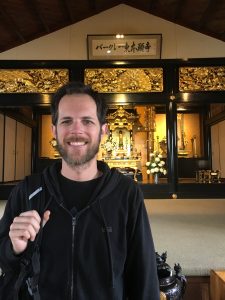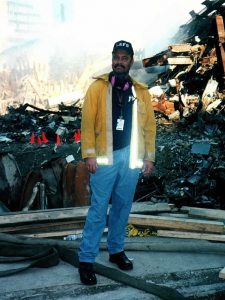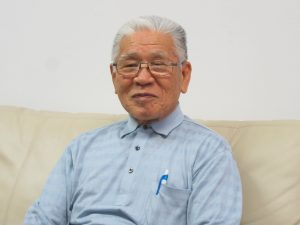Observing the Fall Equinox
At the beginning of Autumn, many Buddhist temples hold a special service called “Higan.” The name “Higan” means crossing over to the “other shore.” Continue reading “Meaning of Higan”
Observing the Fall Equinox
At the beginning of Autumn, many Buddhist temples hold a special service called “Higan.” The name “Higan” means crossing over to the “other shore.” Continue reading “Meaning of Higan”
By Rev. Patti Nakai
In the face of the suffering of others, whether in large groups of people or as individuals, how do we as Shin Buddhists respond?
Describing relief efforts in eastern Japan devastated by the 2011 earthquake and tsunami, Otani University president Prof. Yasushi Kigoshi gave two poignant presentations related to his personal involvement. The discussion took place at a March 10, 2018 seminar for Dharma Seeds (lay leaders from the North America district temples) held at the Los Angeles Higashi Honganji Betsuin temple. Continue reading “Shin Buddhist Responses to Suffering”
By Rinban Noriaki Ito
Her life was vibrant, bright, sassy, and devoted to helping others. What people didn’t see was the unspeakable horror of war that shaped her life. Continue reading “From Suffering to Compassion”

By Joey Deschenes
Part of me wanted to stay away to protest what I heard in the news about atrocities committed by Buddhists against a Muslim minority group. But my longing for adventure and the opportunity to see a place filled with Buddhist art and culture proved too strong, spurring me to travel to Myanmar.

This is the story of how I ended up a member of the West Covina Buddhist Temple. It starts with the attack on the World Trade Center on September 11, 2001.
I was a captain for the Los Angeles Fire Department when I was called to respond to the New York City attack. I did not go as part of the Urban Search and Rescue Team. Instead I was committed to helping the rescuers themselves, or as we called it, “helping the helpers.”

First his grandmother died, and then his uncle died, just a year after the end of World War II. That’s when Masayuki Saito began thinking more deeply about life. In 1958, Masayuki moved to Brazil, leaving behind a Japan battered by post-war recession.
In Brazil, he met Setsuko, whom he married. They began regularly attending services at Higashi Honganji Betsuin temple in Sao Paolo and learning about Jodo Shinshu.